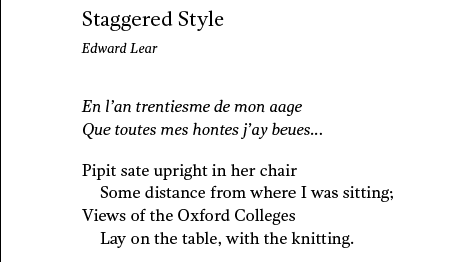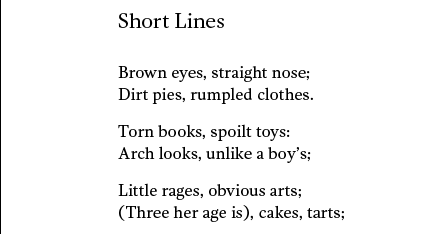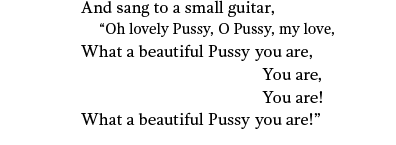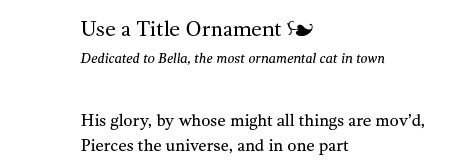For the last two years, since the launch of BookDesignTemplates, we’ve been getting requests for specialty book templates.
And I can see why.
We originally launched with only 6 pre-designed book templates for Microsoft Word. They were best suited to novels, short fiction, literary essays, memoirs, and other texts with few formatting needs.
Eventually our selection grew to include more complex templates for authors with nonfiction books, where the formatting needs can be much heavier. In nonfiction we commonly deal with formats like
- Levels of subheads
- Lists of various kinds
- Extra-textural elements like pull quotes and sidebars
- Graphs, tables, and illustrations
Then last year we added a whole range of age-specific children’s book templates.
For thousands of authors, these pre-designed templates for Microsoft Word and Adobe InDesign have helped them create good looking, industry standard books in a fraction of the time and at a fraction of the cost it would have taken before.
That’s very satisfying.
Today we’re answering one of the most persistent requests we’ve had right from the start: Could we provide the same kind of help for authors of poetry books?
The Problem of Poetry Formatting
More than any other literary form, poetic works require almost line-by-line formatting. Poets, in order to best express their art, often create entirely new ways to display poetry on a book page.
And there are many poetic forms themselves that include in their structure formatting requirements, like Shakespeare’s sonnets with their ending 2-line couplets.
We wanted to create a template that would have enough pre-formatted styles to handle a wide variety of verse. To accomplish this, I broke down the formats needed into the following types, shown here with samples from the InDesign version of our new template:
- Blank verse
- Lighter blank verse
- Staggered verse
- Verse with short lines
- Staggered short lines
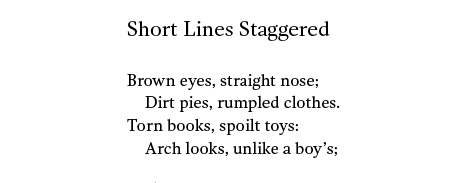
- “Call and response”
Because of the many ways poetry books are formatted, we also created styles for credits that can be used at the end of poems or in conjunction with the poem’s title.
There are also different kinds of “stanza” breaks, including several different kinds of stanza numbering.
You’ll also find four different styles for poem titles and, for the right kind of book, encouragement to use some ornaments, too:
In short, we’ve tried to give you all the pre-set formats you’ll need, no matter what kind of poetry you write, all within one template. If we’ve covered eighty percent of poets’ needs with this template, I’ll consider that a big success.
Gandhi Serif Font Family
I’m always on the lookout for fonts that will create great-looking books, and which we can also distribute with our templates. For our new Poetics template I found the font you see in the samples above, called Gandhi Serif, and it’s available from Fontsquirrel.com (check out https://www.tipografiagandhi.com/ by Librerias Gandhi S.A. de C.V.).
This is a useful family of four fonts.
Launch Savings!
I’m very happy with the new Poetics template and hope many poets will be happy with it, too.
To celebrate the long-delayed launch of this template, we’ve reduced the price by 30% on all licenses and bundles.
You can get Poetics just for print, for ebooks, or in our money-saving bundles. It’s available for both Microsoft Word and Adobe InDesign in the 5.5″ x 8.5″ trim size.
All Poetics templates and licenses are 30% off during the sale.
But the sale ends Friday night at midnight Pacific time, so if there’s a place for poetry in your future, go over and check it out now. Here’s the link:
Poetics Book Template Launch Sale: Microsoft Word template
Poetics Book Template Launch Sale: Adobe InDesign template




